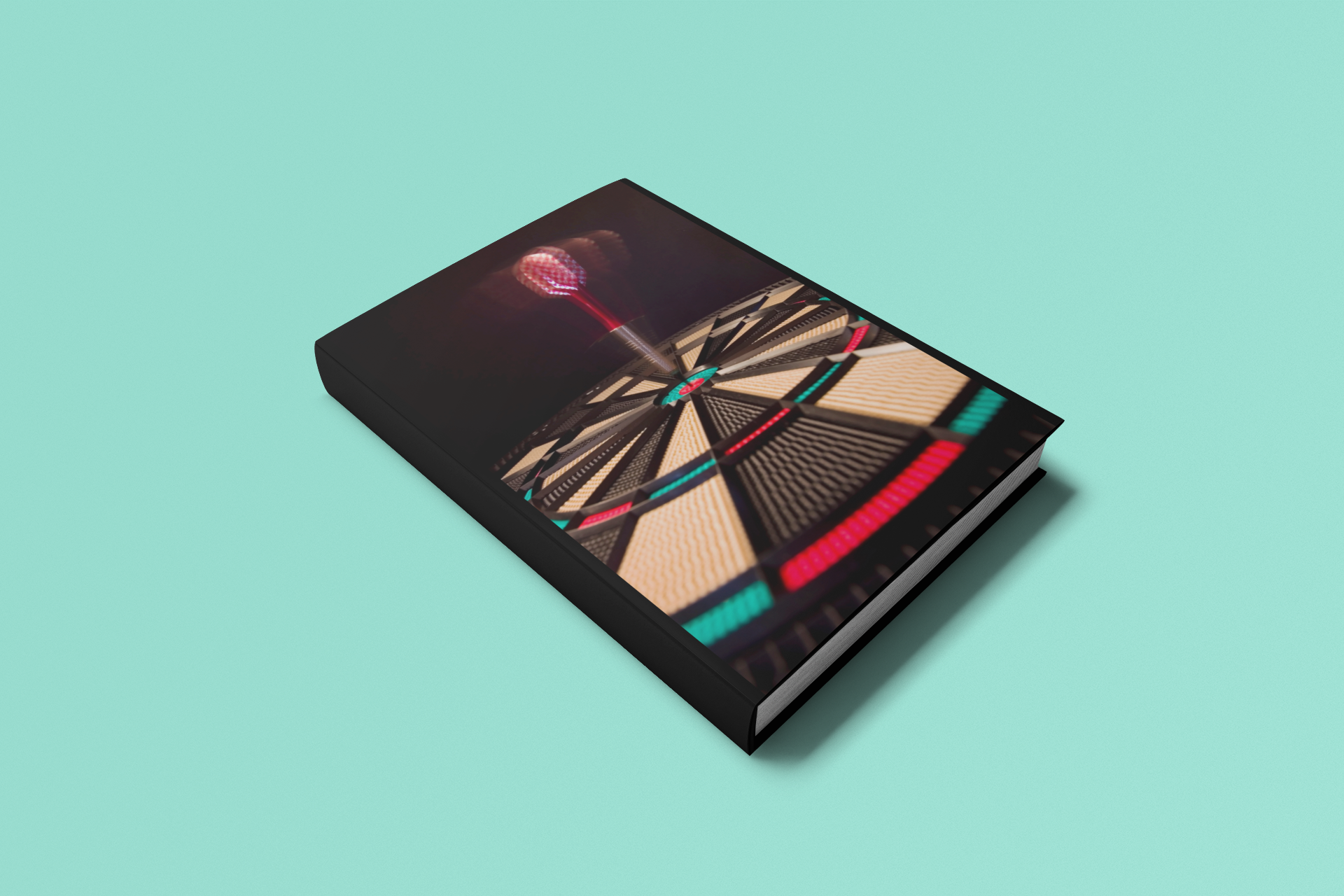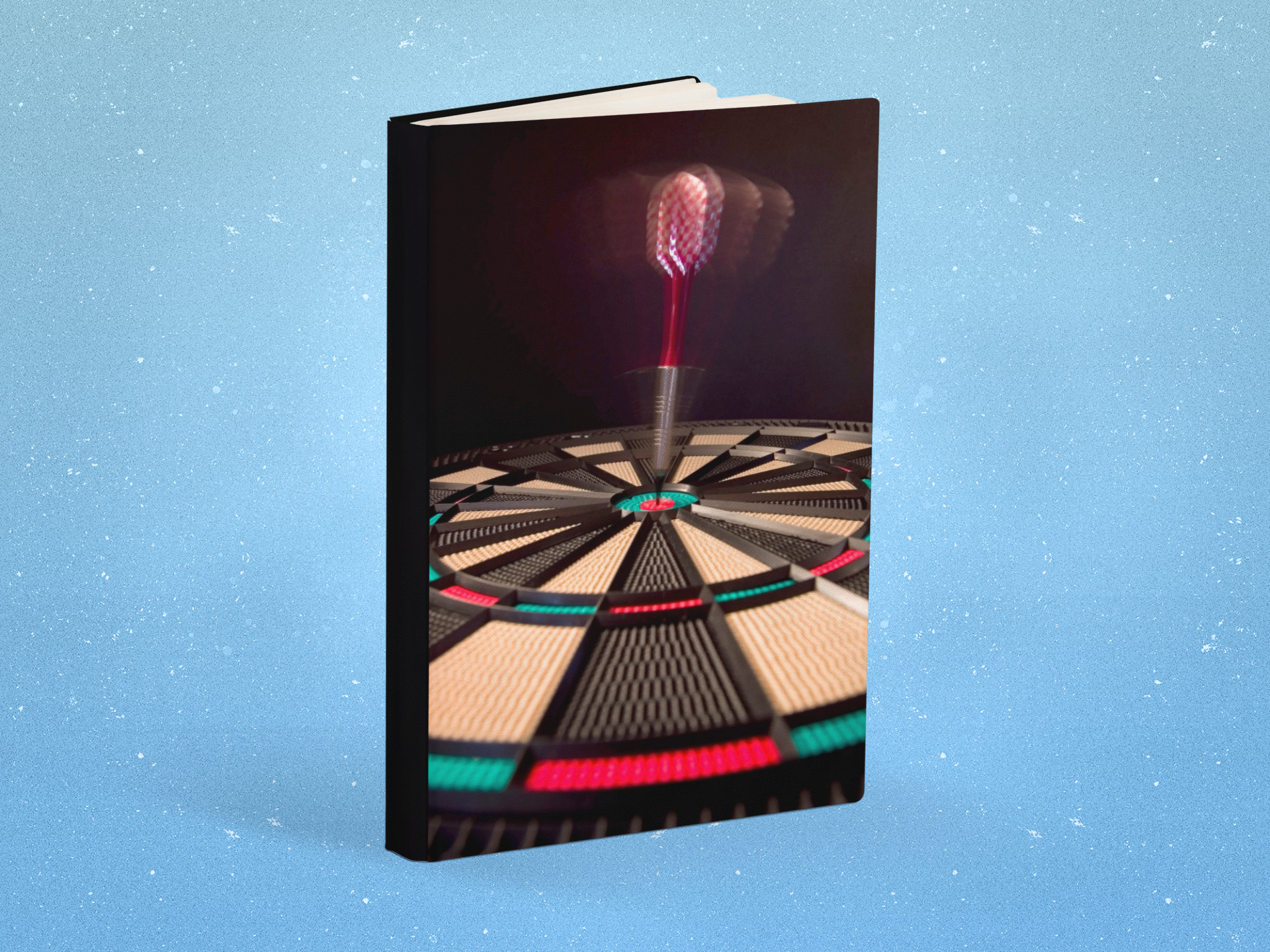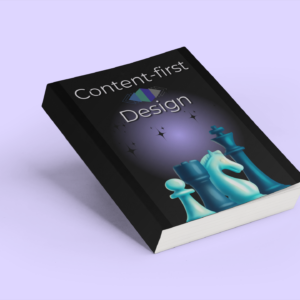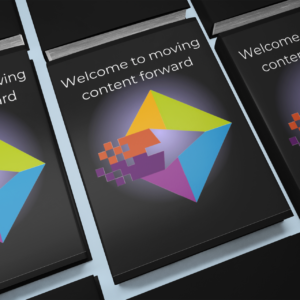
The real blueprint for great user experience
Sarah Johnson
- Sarah Johnson
- November 7, 2024
- 12:29 am
- No Comments
Why content design is the foundation of great user experience
In the race to build digital products, content design is often treated as a plug-in, something to fill in at the end. Design, UX, and functionality take precedence from the beginning, with content brought in afterward, expected to fit into pre-designed templates and flows. But content isn’t just filler—it’s the medium through which users connect, understand, and act.
Ignoring content until the end is risky and costly, often resulting in inconsistent messaging, disjointed user journeys, and rework. By putting content design at the start, you create a product where every element is built to support a cohesive experience. Here’s why content design is essential from day one.
Content defines user experience, not just design
Design gives structure to a product, but content gives it purpose. Content defines the user’s experience—their understanding, their trust, and their actions. When content is treated as an afterthought, you risk making design decisions that don’t support the user’s journey or the brand’s message.
Bringing in content design early allows you to design with clear objectives, framing user needs and pain points through the right language, tone, and flow. Instead of cramming messaging into templates that may not fit, content-first design aligns structure and messaging from the beginning.
Content design as a blueprint for information architecture
Content is not just words on a page; it’s the architecture of the user’s journey. Solid content design defines hierarchy, priority, and flow, informing how information is organized and presented. When content is considered first, you avoid building designs that lack the flexibility to communicate critical information.
Implementing content design early informs information architecture, ensuring every piece of content has its place in the design. This prevents common issues, like having to retrofit content into existing layouts, which often compromises both the design and the clarity of the message.
Fewer revisions, faster launches
Relying on late-stage content adjustments disrupts timelines and adds costs. If a design has to be revisited to accommodate new messaging, it often means scrapping work that took hours—or days—to create. Content design, when embedded early, anticipates user questions and business goals, aligning them with design decisions.
By defining key messages and goals from the start, content design minimizes revisions. The result? Projects stay on schedule, and teams spend less time scrambling to “fix” mismatches between content and design.
Creating consistent cross-platform experiences
Users move across devices and platforms expecting a consistent experience, both visually and verbally. Early content design ensures that messaging flows cohesively across all touchpoints, from mobile to desktop to tablet, creating an integrated experience no matter where users engage.
Content-first design doesn’t just focus on visuals but also on how users connect with a brand’s voice and message across channels. With content strategy setting the foundation, messaging remains consistent, enhancing both usability and trust.
Aligning user-centered content with business goals
A product might be visually compelling, but if it fails to connect with users or fulfill its business purpose, it has missed the mark. Content designers work to understand the goals of the project, the needs of the user, and the value that the content should deliver.
When content design is part of the early process, it provides a guiding framework that aligns both user needs and business objectives. This approach not only creates a better user experience but also drives conversions, retention, and overall satisfaction.
Conclusion: content as the core, not the afterthought
Effective digital products come from cohesive, cross-functional collaboration, where every element supports the other. By bringing content design to the table early, teams can avoid costly rework, build user-centered products, and deliver a seamless experience across platforms. Content isn’t a final touch—it’s the foundation. Embracing content-first design allows for smarter, more integrated products that resonate with users and succeed in today’s fast-paced digital world.


